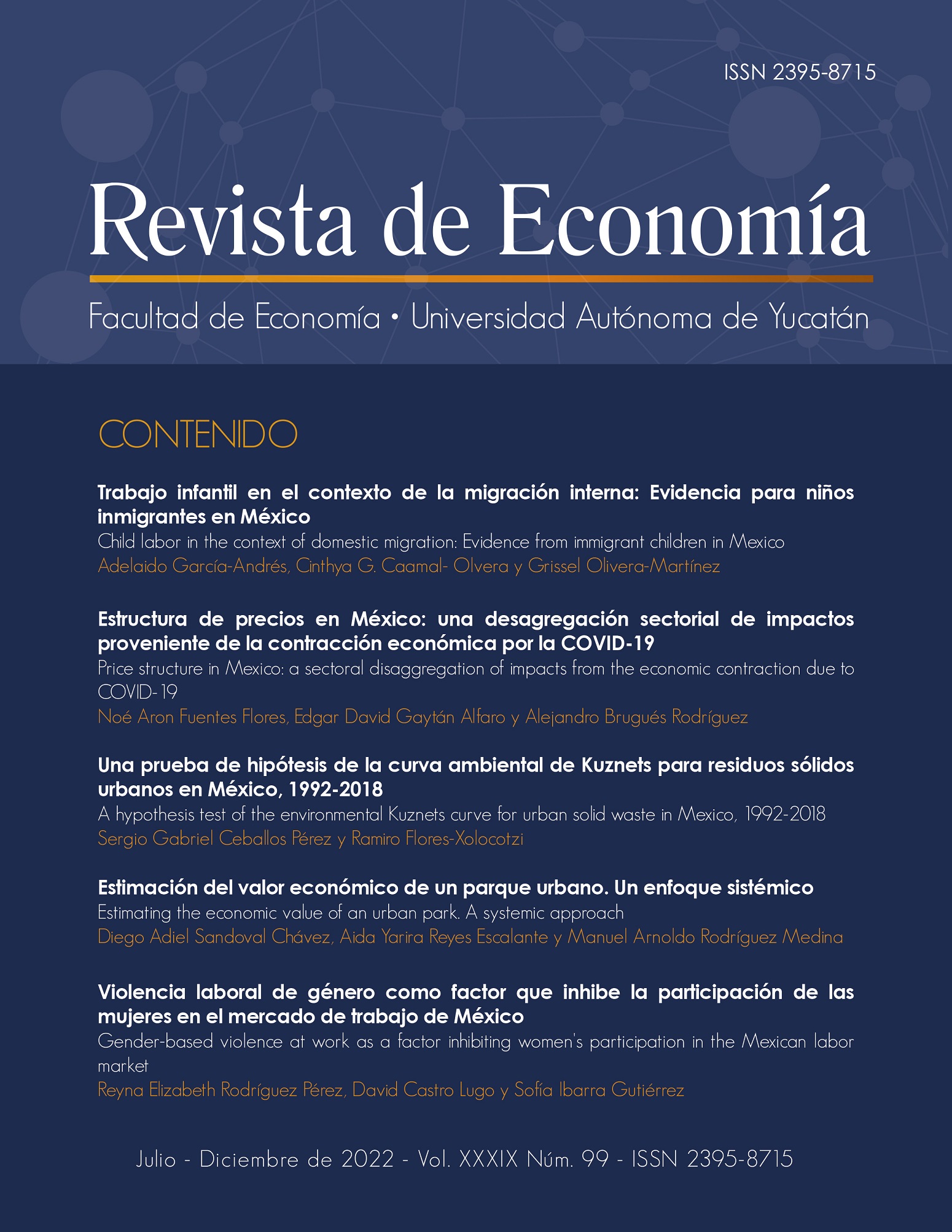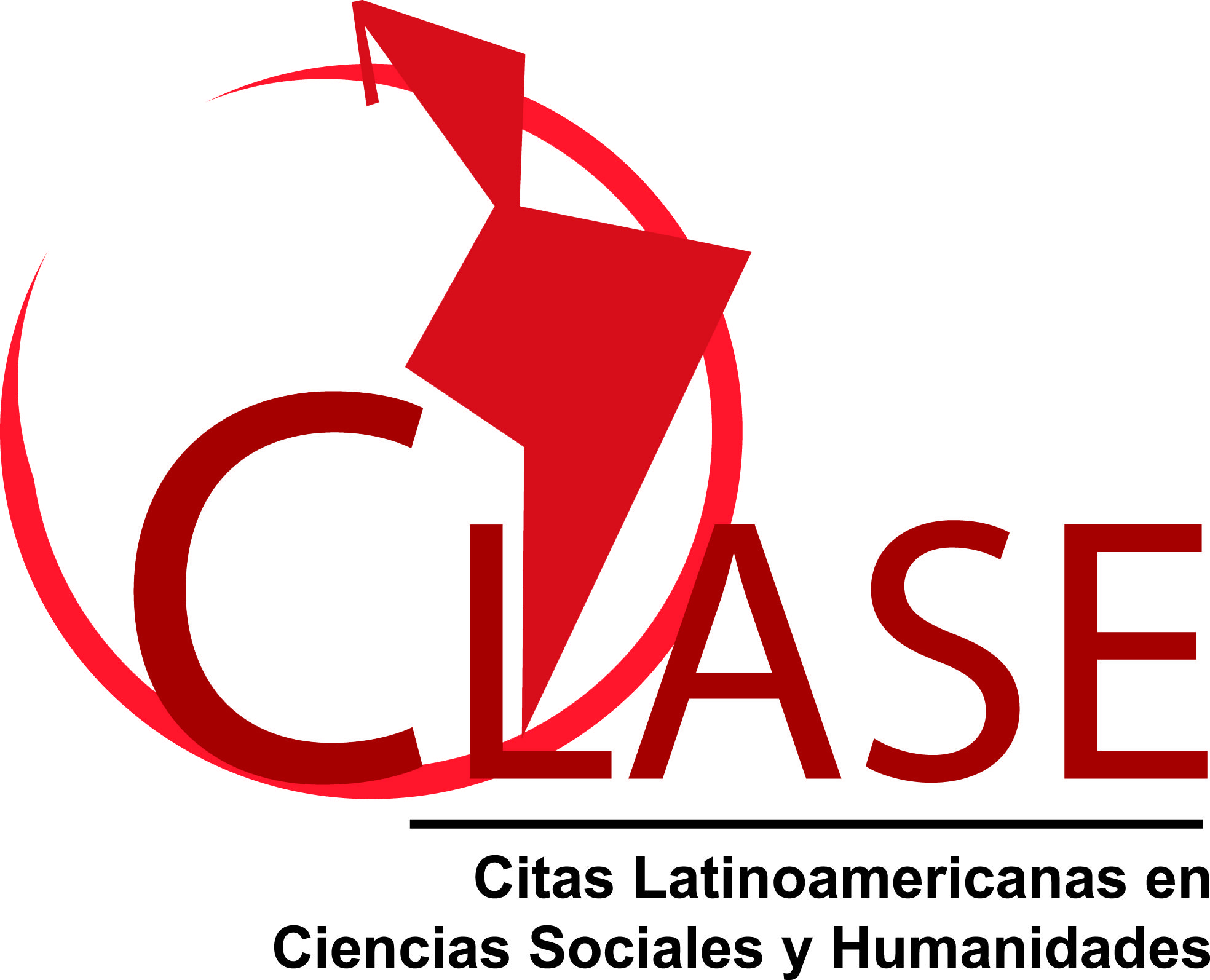Child labour in the context of domestic migration: Evidence from immigrant children in Mexico
Abstract
This paper focuses on the relationship between domestic household migration and child labour in Mexico. The empirical strategy accounts for the endogeneity between these two decisions and the unobservable factors. We estimate marginal effects from a recursive bivariate probit model. Our results show that children of new resident households are more likely to work than children of nonmigrant households. This probability increases with age and is larger for boys than for girls. In addition, our results suggest that child labour is more likely in households in which the father is absent. Finally, evidence shows that new resident children have a higher education level than local children and work longer hours to obtain a salary.
Copyright (c) 2022 Journal of Economics, Faculty of Economics, Autonomous University of Yucatan

This work is licensed under a Creative Commons Attribution-NonCommercial-ShareAlike 4.0 International License.
D.R. © Revista de Economía
The conditions that are required when granting the attribution license called CC -BY-NC-SA are the following:
1. The Universidad Autónoma de Yucatán must be clearly identified as the owner of the copyright of the original publication.
2. The material may not be used for commercial purposes.
3. Any derivative work must be published and distributed under the same open access license as the original publication.











